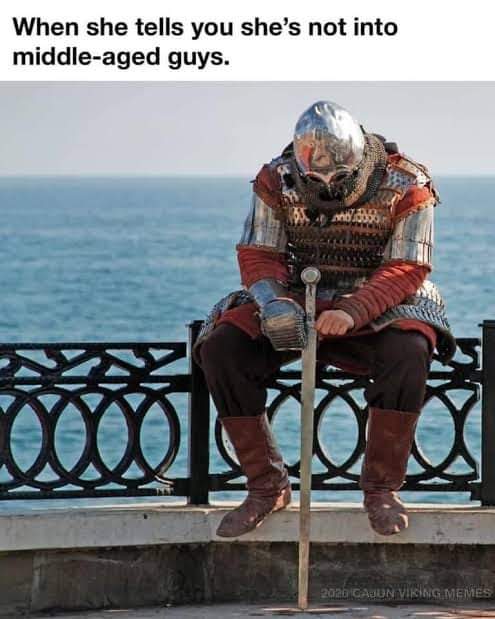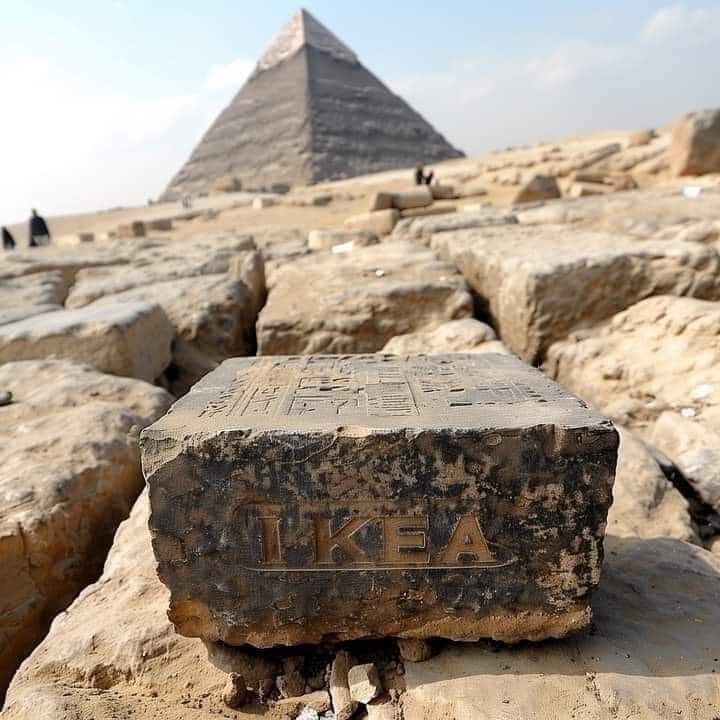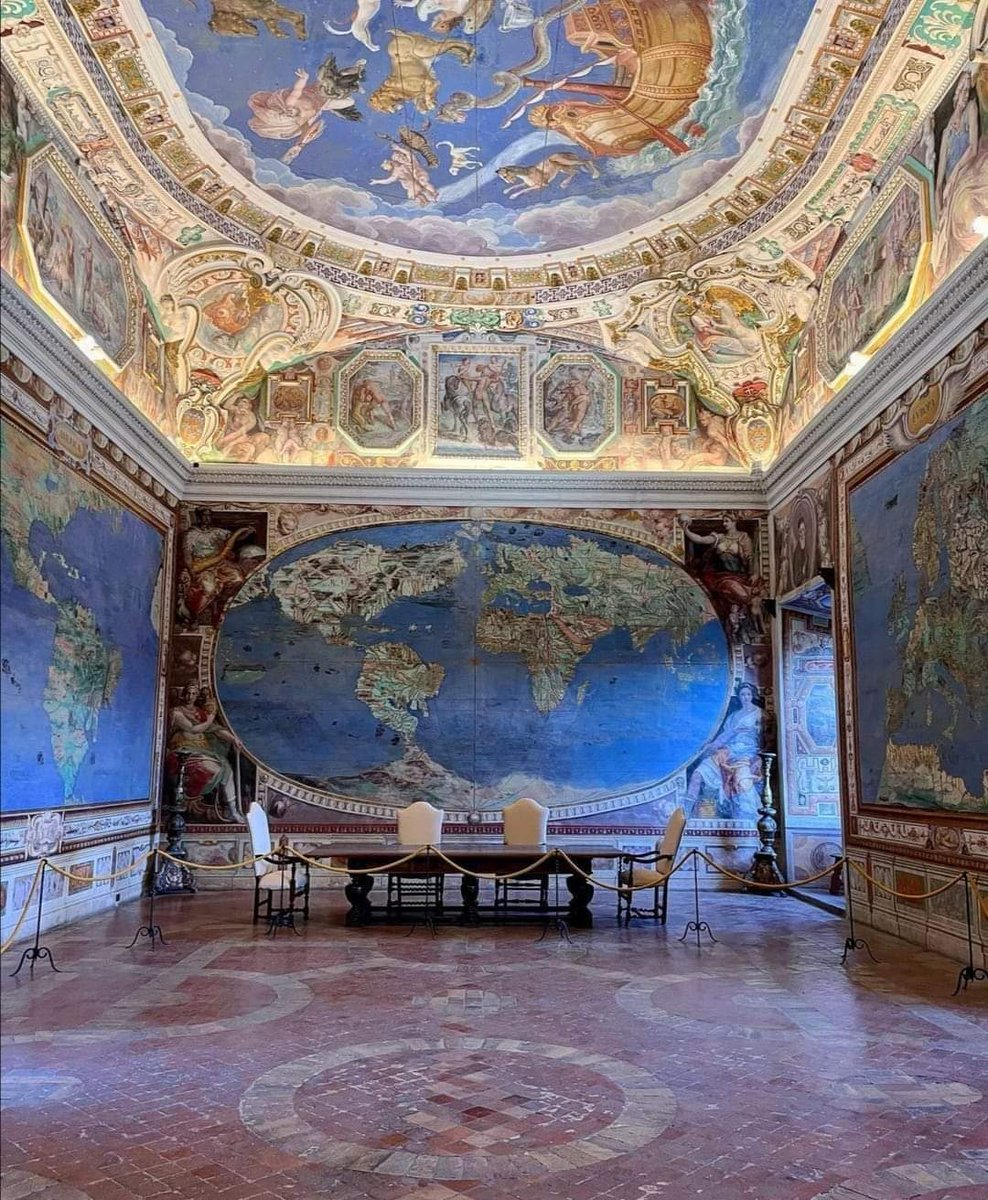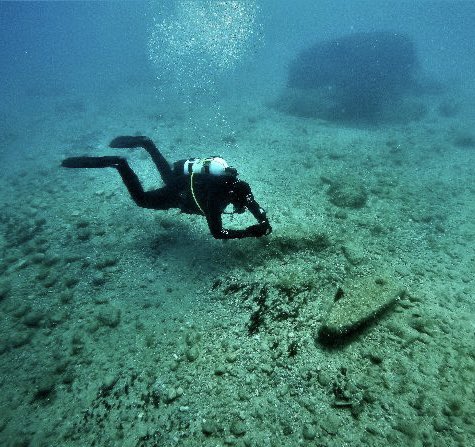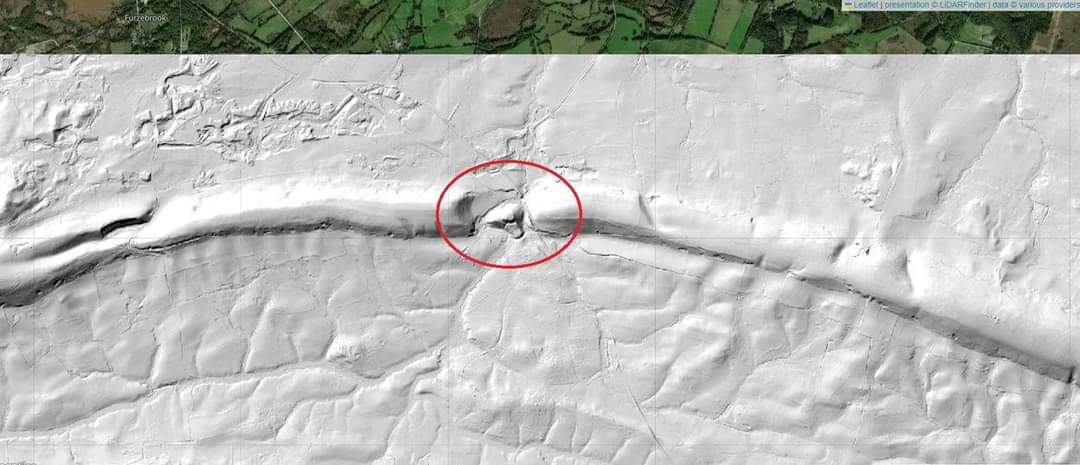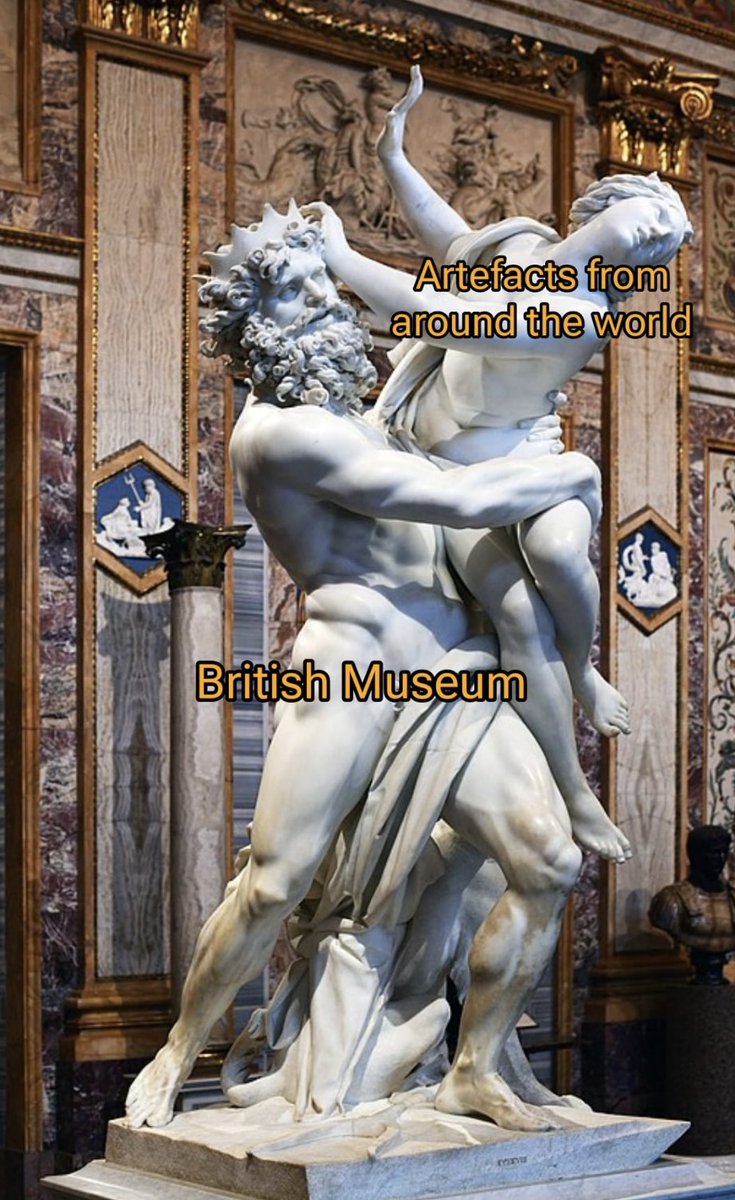

The temple in the mountain! China #History #ancient history #History Lovers #Archaeology #archaeohistories #ancient #museum

Polygonal Walls are stone blocks perfectly squared and adhering to each other without mortars and cementing agents. Also called 4th style walls. #History #ancient history #History Lovers #Archaeology #archaeohistories #ancient #museum
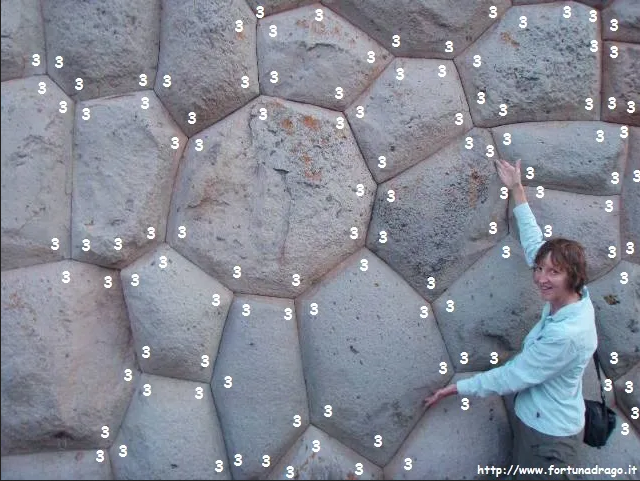


An interior view of the Nasir al-Mulk (Nasir-ol-Molk) Mosque, also known as the Pink Mosque, in Shiraz (Iran).
The mosque was constructed between 1876 CE and 1888 CE, during the Qajar Dynasty.
📷© Herbert karim masihi
#archaeohistories



This is the Cloaca Maxima in Rome, a sewer built 2,000 years ago. #History #ancient history #History Lovers #Archaeology #archaeohistories #ancient #museum



excavation of the Ancient Greek Stadium. Stadium of Magnesia ad Maendrum Ancient City. (Modern day located at Aydin/Germencik, Turkey)
#History #ancient history #History Lovers #Archaeology #archaeohistories #ancient #museum
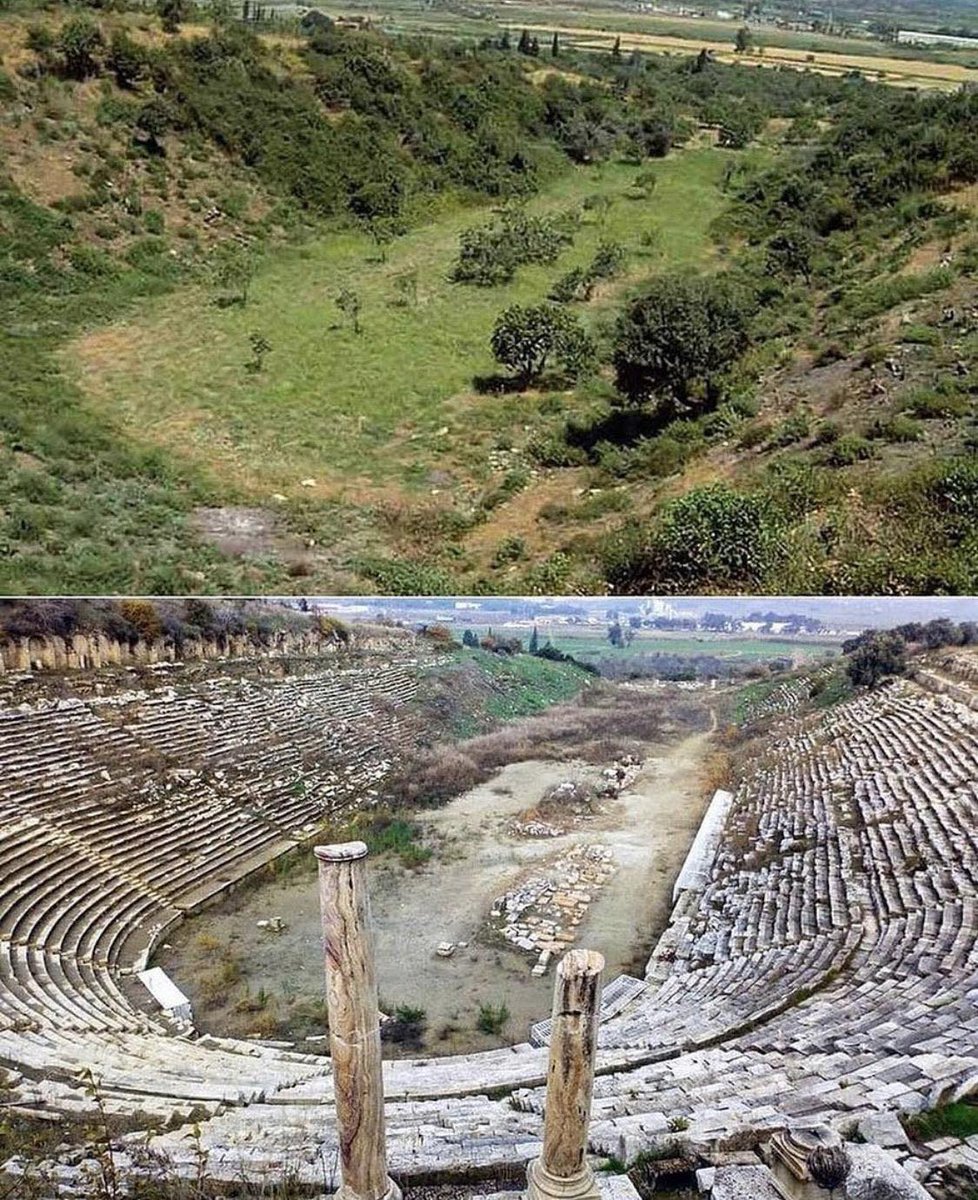



Found in 1867, the Orkney Hood is the only complete piece of clothing to survive from before the medieval period in Scotland.
The garment was lost or deliberately left in a bog over 1,500 years ago and the lack of oxygen slowed its decay for centuries.
#archaeohistories
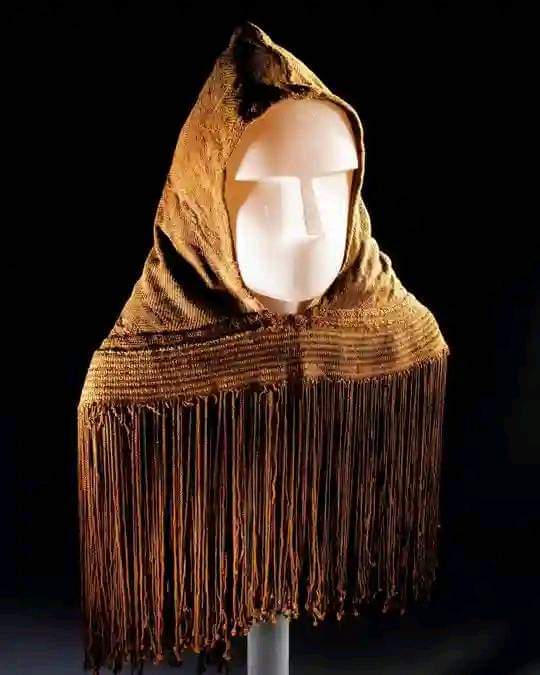


Men-an-Tol - A bronze age site that consists of three upright granite stones, located at Madron to Morvah road in Cornwall, England.
A round stone with the middle holed out and two standing stones, one in front of the hole and the other behind it.
#archaeohistories


Vendel Helmet found in Valsgärde, Sweden, is a significant artifact from the Vendel period, which spanned from around 550-800 AD.
This helmet was discovered in a ship burial at Valsgärde, a farm located near Gamla Uppsala.
Swedish History Museum
#archaeohistories
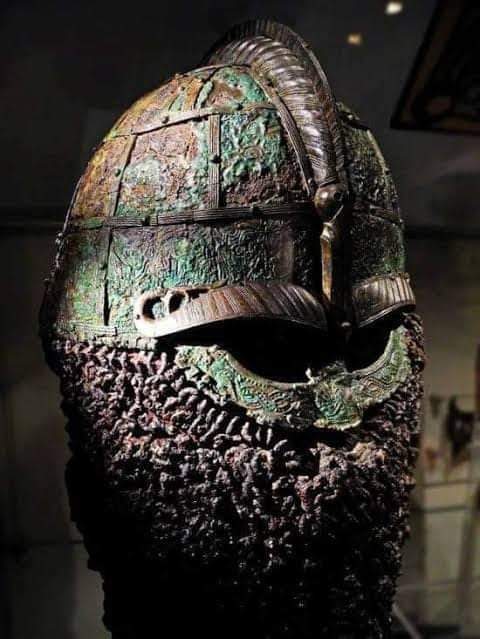

Pharaoh Ramses II's Visage Recreated from Mummified Remains.
Follow us now for more intriguing histories!
#Archaeology #Ancient Sacrifices #UnsolvedHistory #ChimuCulture #Ancient Mystery #History #Egypt #archaeohistories #Ancient #Archaeology #Mystery #Mummies #Pharaoh …


